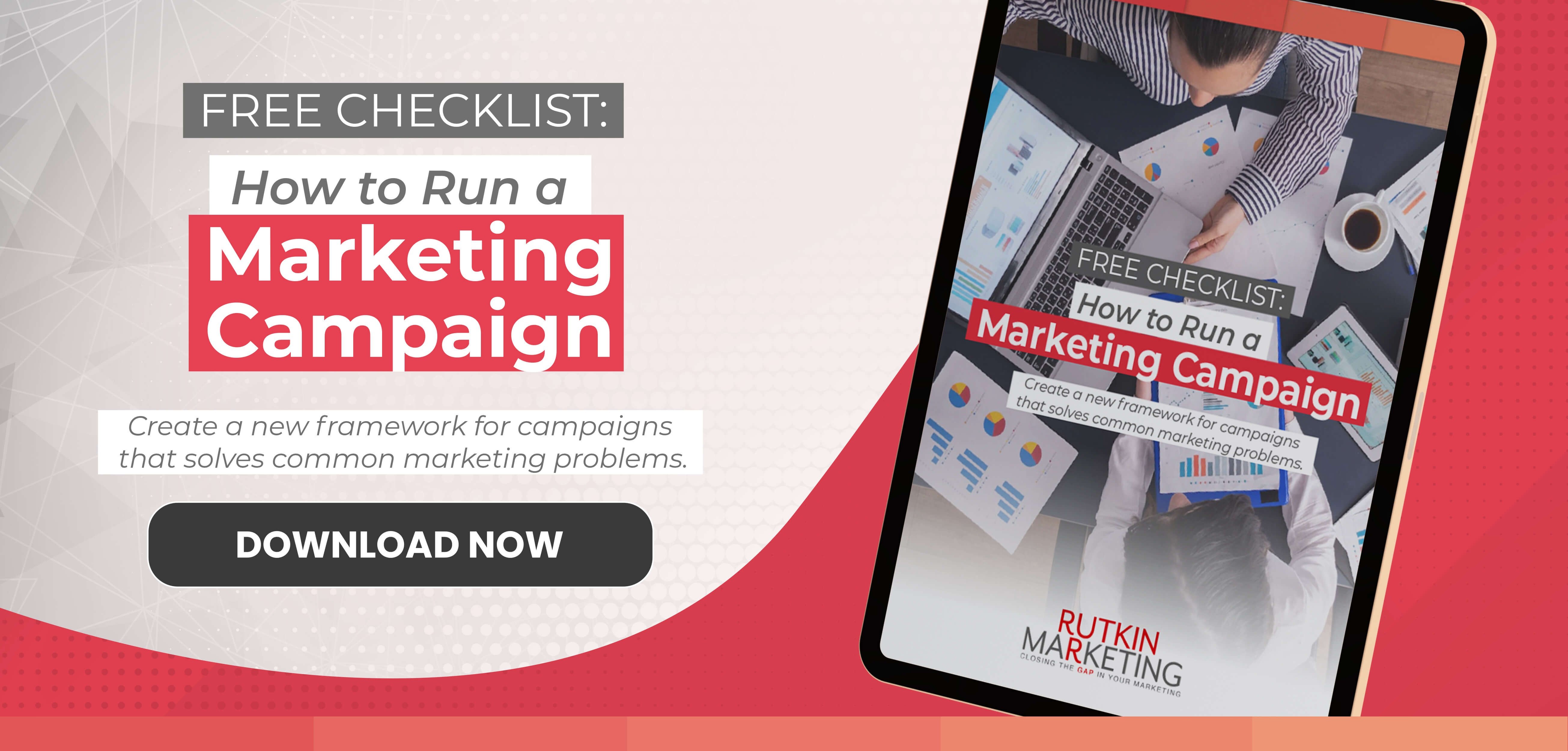Why use HubSpot for Inbound Marketing, CRM and Marketing Automation?
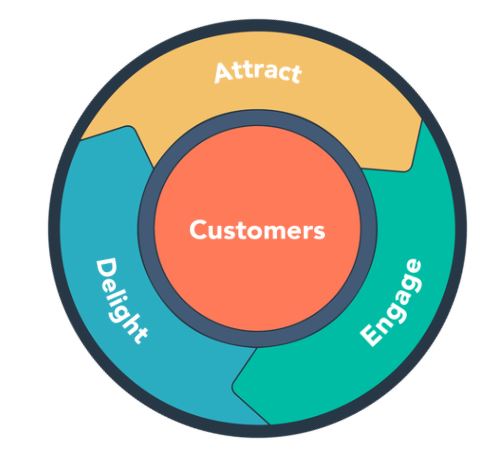
I love using the HubSpot marketing automation platform for my clients and my business to help implement inbound marketing strategies and grow better. It has given me a one-stop platform to easily organize and manage contact and company profiles. It effectively assigns and tracks deals, controls the performance of sales reps and customer success teams, and offers a single, detailed dashboard where all team members can manage and keep track of the company’s activities.
From marketing to sales and service, it’s all powered by the same database, so everyone is working off the same system. If you are already a HubSpot user, you can use the HubSpot Marketing Hub to generate qualified leads. Generate content, capture leads, and nurture them until they’re qualified and sales ready.
The HubSpot SalesHub is a powerful tool to manage more effective inbound and outbound sales. Schedule content, manage leads, run automated email campaigns, as well as business development ideas and offline resources.
The HubSpot Service Hub helps to convert customers into promoters and resolve customer issues to ensure success. This, in turn, helps to generate positive word of mouth leading to more referrals, repeat business and longer customer lifetime value.
What tools does HubSpot Marketing Automation offer?
Here are some of the tools you can find in the HubSpot Growth Platform that your marketing, sales and service teams can utilize to get results.
Inbound Marketing
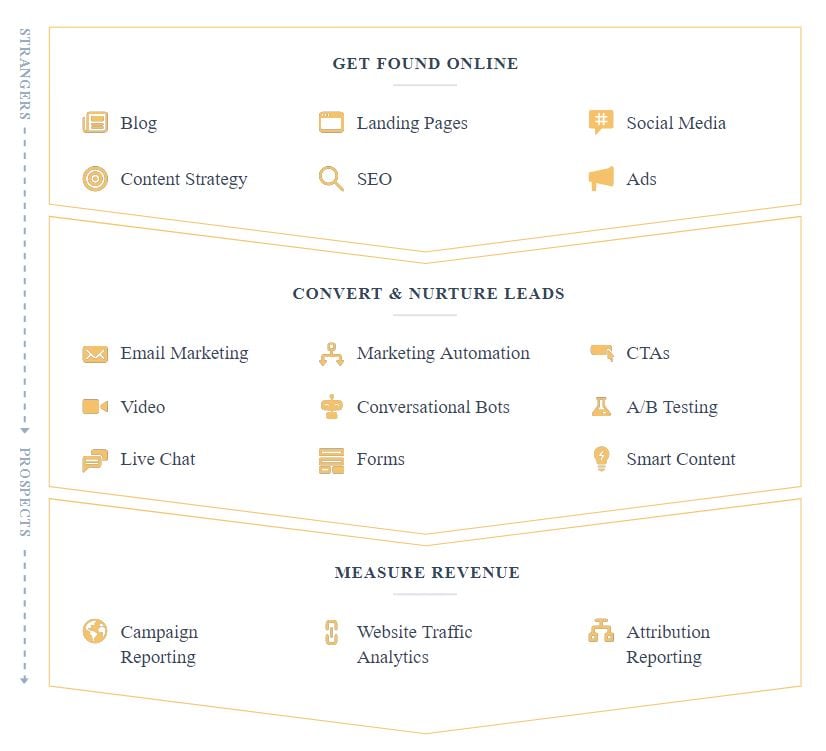
Sales
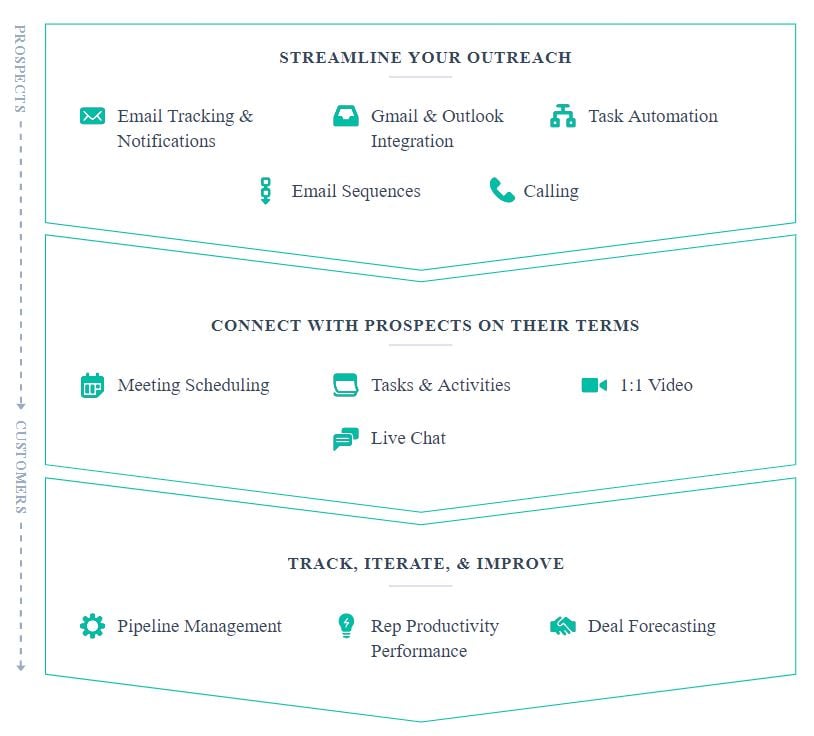
Service
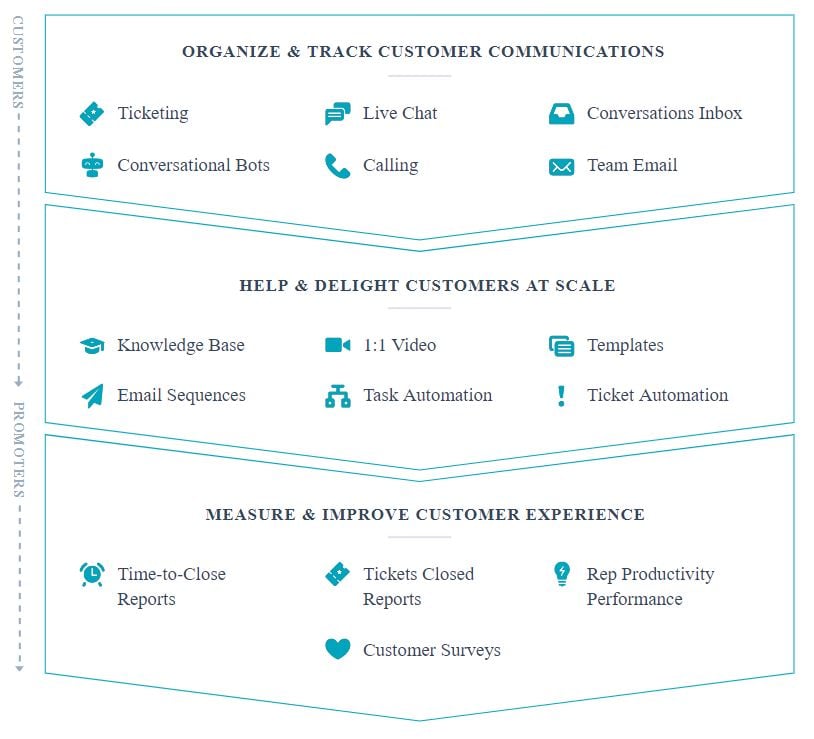
CRM
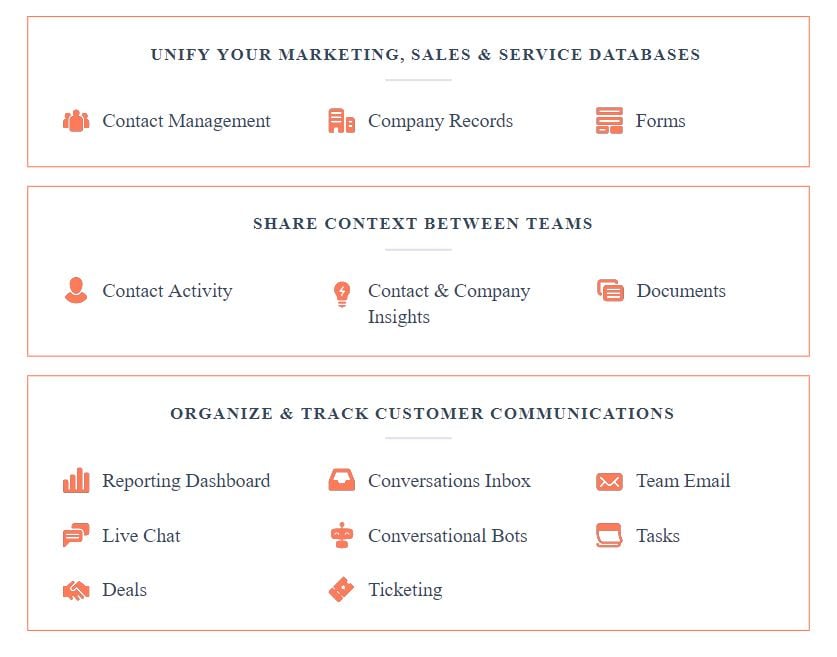
Marketing, Sales, and Services Team Collaboration to Nurture Customers
Ideally this growth platform allows customer-facing teams to work efficiently to support the buyer’s journey. In the typical day-to-day operations, there are many obstacles and bottlenecks that lead to friction among teams. By using one centralized platform for marketing, sales and services teams, the organization can work together more efficiently and share information – removing the barriers and creating a more fluid customer experience. Here is how it works to manage customer relationships from end to end.
Funnel to Flywheel
The buyer’s journey is a cycle. That’s why HubSpot marketing automation has taken the traditional funnel — where a customer moves from marketing, to sales, to customer service, all in separate silos — and thought about it in a new way called the flywheel. In the flywheel, each stage of the buyer’s journey feeds into the next area to provide a continuous loop that you can leverage and optimize at every stage of the customer lifecycle.
The Flywheel is a methodology that allows businesses to continuously feed each stage – thinking about how customers can help fuel the business to grow forward. It focuses on how to build a flywheel that attracts, engages, and delights — creating an inbound business that puts customers first.
Today, 57% of B2B purchase processes are completed before buyers ever reach out to your sales team. The most successful companies understand that adjusting their business strategies to address all three areas, and the speed of the flywheel increases their chances to add force to the areas that have the biggest impact. That’s why companies need to put their customers first in order to grow better.
Here we share a few of the tools in HubSpot to help grow your business better.
Analytics Reporting
I use analytics reporting often and this is where I believe HubSpot really stands out because I have so many measurements at my fingertips that are meaningful to how I run my business.
HubSpot is an all-in-one marketing, sales and service platform that helps companies attract visitors, convert leads, and close and delight customers. HubSpot was created as a response to the new way consumers behave. As companies change to an inbound approach, there are all kinds of new tools available to marketers for enhancing their digital marketing tactics. All these different tools, plugins, systems, and services allow you to gather more valuable data, measure your most important metrics, automate routine tasks, and be more productive. The hardest part is deciding on the tools and getting them configured into your business.
The beauty of HubSpot marketing automation is its flexibility across so many different industries. It really can work for almost any business that uses online resources to market their business. HubSpot fits the marketing needs of a wide variety of companies today.
HubSpot with its comprehensive (and collaborative) data also makes it easier to prove ROI, and in turn, secure a higher budget moving forward. Also, it allows a clear visual of where marketing dollars are best spent.
Of the nearly 4,000 people surveyed, inbound had a 75% likelihood of being the marketing approach of choice, while outbound had only a 25% chance. This 3:1 ratio remained consistent across all company types (B2B, B2C, and nonprofit).
Inbound Marketing
Inbound marketing is best described as a method of attracting prospects to your business’s products or services through the creation of related content and incentives, which inspire people to identify themselves and request more information or make a purchase. Inbound marketing is closely aligned with content marketing, search engine marketing (SEM) and social media marketing, because each of these programs focuses on attracting and converting new prospects to your business.
I focus my marketing on creating leads. The conversion rate is obviously higher, and the lead is typically more educated on my service. Inbound is the preferred marketing method for all companies that spend under $5M annually on marketing. Organizations that spend less than $100,000 on marketing annually are four times more likely to focus on inbound than outbound.
Inbound marketing is not just a promotion tool, it is also a great way to gain feedback from your visitors and grow your business based on real data. All these possibilities are readily available; using or not using them is what sets apart successful businesses and those who choose to try to grow on randomness and impulse. You can now read your buyer’s mind. From there you can determine how to navigate your findings.
Of course, there is an expense to onboarding HubSpot. I have found that the cost is overshadowed by the advantages and my ROI. I highly recommend giving it an extra look for your business or your clients.
Marketing Automation
Marketing automation allows marketers to accomplish more with fewer resources and in less time. Sixty-four percent of marketers say they saw the benefits of using marketing automation within the first six months of its implementation. HubSpot marketing automation helps marketers design, build and execute personalized prospect engagement workflows that are triggered on form submissions, website page revisits, content views, etc.
But just remember, businesses that are “getting great results with HubSpot” aren’t actually getting great results because of HubSpot’s software—they’re getting great results because of their inbound marketing efforts, and HubSpot’s software is making it easier for them to manage those efforts.
Get Started with HubSpot and Save up to 60% in Your First Year
Many of our clients use HubSpot marketing automation. That’s how much we believe in the power of the tool and the data that it provides. We know that HubSpot is a worthwhile investment. HubSpot offers a 30-day free trial to try out these tools. We all know the best way to learn is to get hands-on, so if you’re ready to begin your revenue growth journey, just dive in! Rutkin Marketing is also here to help. As a HubSpot agency partner, we work with you as an extension of your marketing team – experts you can depend on. Contact us today and we’ll get your 30-day free trial started!
